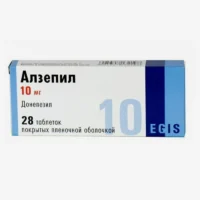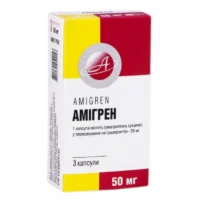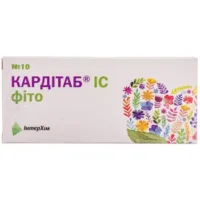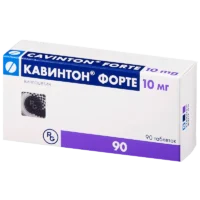Description
Proserin (Neostigmine Methylsulphate) Ampoules 0.05% 1ml. №10
Ingredients:
- Each ampoule contains neostigmine methylsulphate 0.05% (1ml).
Dosage:
- The usual dose is 0.5 to 2.5 mg (1 to 5 ampoules) administered subcutaneously or intramuscularly every 4 to 6 hours.
Indications:
- Proserin is indicated for the treatment of myasthenia gravis, paralytic ileus, postoperative urinary retention, and reversal of neuromuscular blockade.
Contraindications:
- Do not use Proserin in patients with mechanical intestinal or urinary obstruction, bronchial asthma, or known hypersensitivity to neostigmine.
Directions:
- Administer Proserin as directed by a healthcare provider. Do not exceed the recommended dosage.
Scientific Evidence:
- Neostigmine, the active ingredient in Proserin, works by inhibiting acetylcholinesterase, leading to an increase in acetylcholine levels at the neuromuscular junction. This action results in improved muscle strength and function, making it a valuable treatment for conditions like myasthenia gravis.
- Studies have shown the efficacy of neostigmine in managing myasthenia gravis symptoms, with improvements in muscle strength and fatigue levels. Research published in the Journal of Neurology demonstrated the benefits of neostigmine in enhancing neuromuscular transmission and quality of life in patients with myasthenia gravis.
Additional Information:
- Proserin ampoules should be stored at room temperature away from moisture and heat. Keep out of reach of children. If any adverse reactions occur, discontinue use and seek medical attention.
- Before using Proserin, inform your healthcare provider about any existing medical conditions or medications you are taking to avoid potential drug interactions.





